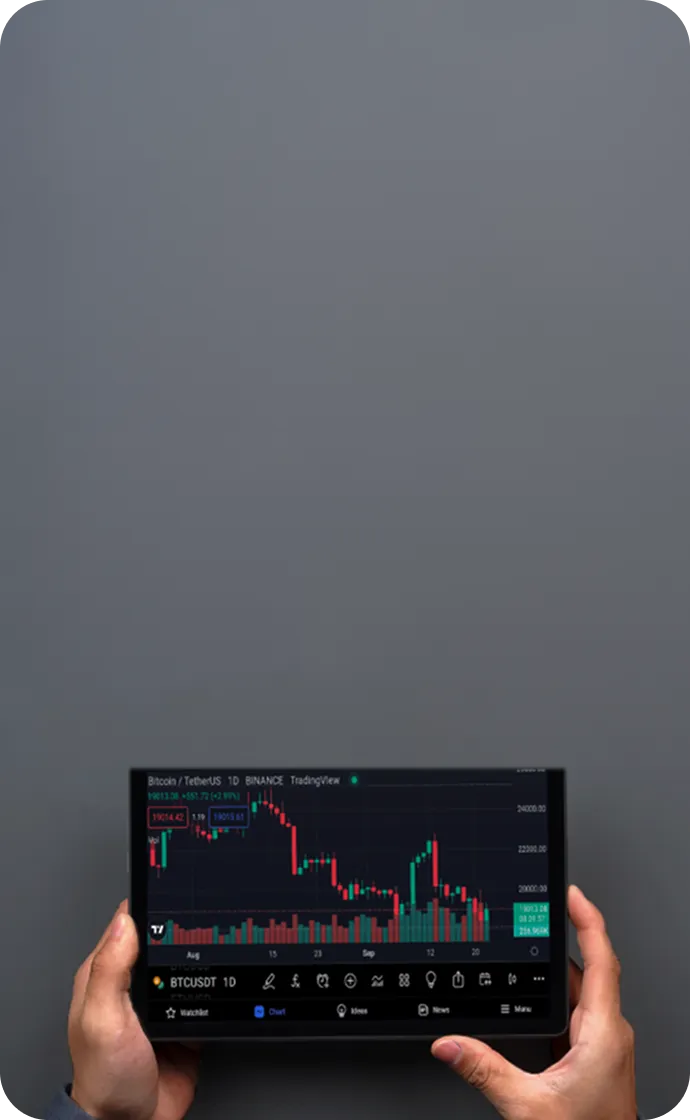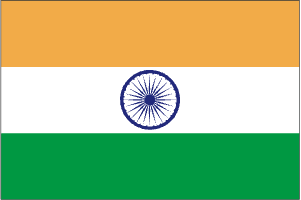

How to Start Forex Trading in India: A Guide for Beginners
If you are just starting out and wondering how to start forex trading in India, the amount of information online can feel overwhelming. You may already be searching phrases like how to do forex trading in India or how to trade in forex in India and still not have a clear step by step view. This guide is written for a complete beginner who lives in India and wants a simple, realistic introduction before making any decisions.
Key takeaways
Forex is the global market where currencies are exchanged and it runs almost twenty four hours a day during weekdays.
For Indian residents, it is essential to understand both the risk and the rules before you try any kind of forex trading in India.
A beginner should first focus on learning basic concepts like currency pairs, pips, leverage, margin and risk management before opening a live account. Articles that explain what leverage means in forex and similar basics are especially useful.
The safest approach is to check what is allowed under current Indian regulations and then choose a broker and products that fit those rules and your risk profile.
It is usually better to practise with a demo account and a clear plan before you commit real money with a regulated forex or CFD broker.
What is forex trading in simple words
Forex, or foreign exchange, is the market where one currency is exchanged for another. When you see a pair like EUR INR or USD INR, it shows how much one unit of the base currency is worth in the quote currency. Traders try to profit from changes in these exchange rates.
For example, if you expect the dollar to strengthen against the rupee, you might buy USD INR. If the rate moves in your favour, the position can show profit. If it moves against you, you can lose money. This movement happens all the time because of interest rates, inflation data, economic events, and market sentiment.
For a beginner in India, the key idea is simple. You are not trading a company or a single stock. You are trading how strong or weak one currency is compared with another, while being aware of how leverage and margin can magnify both profit and loss.
If you first want a basic overview of what forex trading is, you can also read our explainer on what is forex trading and then come back to this beginner guide.
How forex trading in India works in practice
When people talk about forex trading in India, they often mix two different things:
Trading currency derivatives that are listed on Indian exchanges through SEBI regulated brokers.
Trading spot forex or contracts for difference on global pairs through international brokers based outside India.
The rules around these activities can be complex and can change over time. As a beginner, you should:
Read official information from authorities such as RBI and SEBI.
Understand which currency pairs and products are permitted locally.
Avoid any setup that sounds like a shortcut or a way to bypass rules.
If you are unsure about the basic building blocks of margin, it helps to study guides on what margin is in forex so that you see clearly how your deposit supports your positions.
This article is for education only and does not give legal or tax advice. Before you decide how to trade in forex in India, it is wise to confirm the latest regulations with trusted official sources or qualified professionals.
How to start forex trading in India as a beginner
If you are asking how to start forex trading in India, it helps to view the journey as a series of steps rather than a single leap into live trading.
Step 1: Learn the basics
Before you even think about opening an account, spend time learning:
What major pairs, minor pairs and crosses are
What pips and lots mean
How leverage and margin work
How to calculate potential profit and loss
There are many free resources, videos, and simple guides online. Focus on understanding risk more than hunting for secret strategies. A beginner who respects leverage usually survives longer than a clever trader who ignores it.
As you build knowledge, pay attention to topics such as position sizing so that no single trade is large enough to seriously damage your account.
Step 2: Decide your goals and style
Ask yourself some honest questions:
Are you looking for fast short term trades, or slower swing positions
How much time can you give to charts each day
How much of your savings can you afford to lose without affecting your life
Your answers will influence what products and what kind of broker you choose. Someone who has only a few hours a week for trading may not want to chase every intraday move.
Step 3: Choose a suitable broker and platform
When you research how to do forex trading in India, you will see many brokers and platforms. Look for:
Strong regulation in recognised jurisdictions
Clear information about spreads, commissions and swap charges
Reliable platforms such as MetaTrader 4 or MetaTrader 5
Transparent communication about risk and client fund protection
Check reviews, test the platform, and make sure the broker you select matches your own comfort level and the rules that apply to you as an Indian resident. When comparing choices, it also helps to look at different trading account types so that spreads, commissions, and minimum deposits are clear.
Step 4: Begin with a demo account
A demo account lets you practise with virtual money on real market prices. Treat it like a serious training ground:
Test basic order types such as market and limit orders
Practise setting stop loss and take profit
Observe how leverage changes your margin usage
Practise your routine for analysis and trade review
Some brokers also offer a trading calculator so that you can estimate margin and potential profit or loss before placing a trade. Using a demo is one of the safest ways to learn how to trade in forex in India without risking real capital at the start.
Step 5: Move to a small live account
Once you can trade consistently on demo and you feel emotionally stable with wins and losses, only then consider opening a small live account. Start with an amount you can genuinely afford to lose. Trade smaller than you think you need. The goal of this phase is to learn how you react when real money is involved, not to get rich in a single month.
Common mistakes that beginners in India should avoid
A lot of new traders make similar errors when they first explore forex.
Starting with high leverage and large trade size
Trading every news event even when they do not understand it
Following random tips from social media without any plan
Ignoring the effect of spreads and swap charges
Treating forex trading like a lottery instead of a skill
If you stay patient, keep your risk small, and focus on learning, you already separate yourself from a large group of beginners.
Conclusion for beginner forex traders in India
Forex can give Indian traders exposure to global currency movements, but it is not a shortcut to easy income. The market is deep and complex, and the use of leverage means losses can be fast and painful if you are not prepared. Take time to understand the basics, confirm what is allowed for you under current rules, and move slowly from demo to live trading with a clear plan.
When you are ready to explore forex with a professional broker, you can consider a well regulated global provider such as TMGM. Indian traders can open a demo account with TMGM to practise on live prices and learn how the platform and risk tools work. Once you are confident in your strategy, your discipline, and your understanding of risk, you can choose to transition to a live account and trade forex through a broker like TMGM in a more informed and responsible way.
Trade Smarter Today




FAQ
Is forex trading legal for residents in India?
How much money do I need to start forex trading in India as a beginner?
Can I learn how to do forex trading in India without any finance background?
How risky is forex compared with stocks for Indian traders?
How long does it take to become consistently profitable in forex?


Account
Account
Instantly



